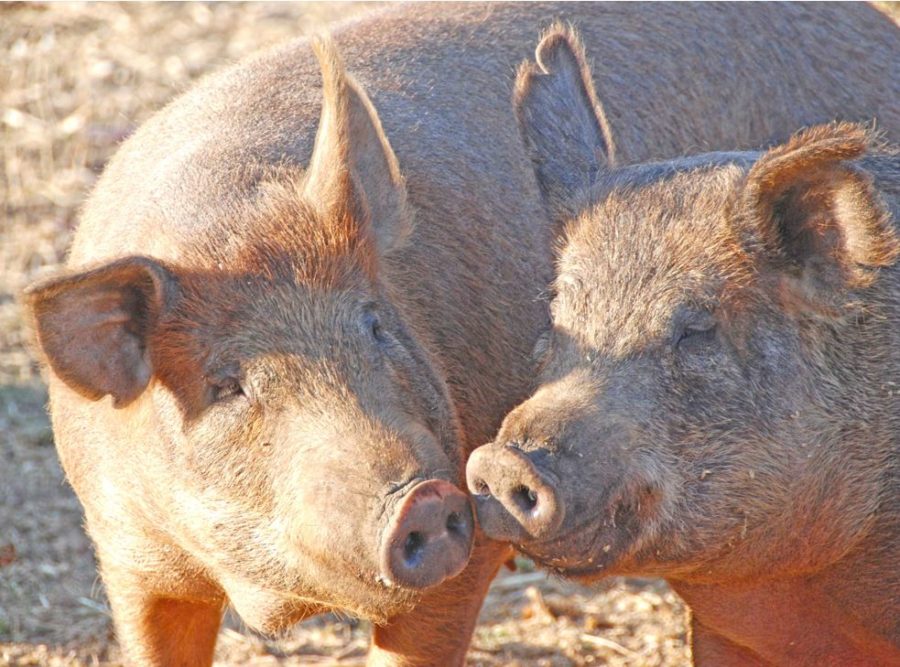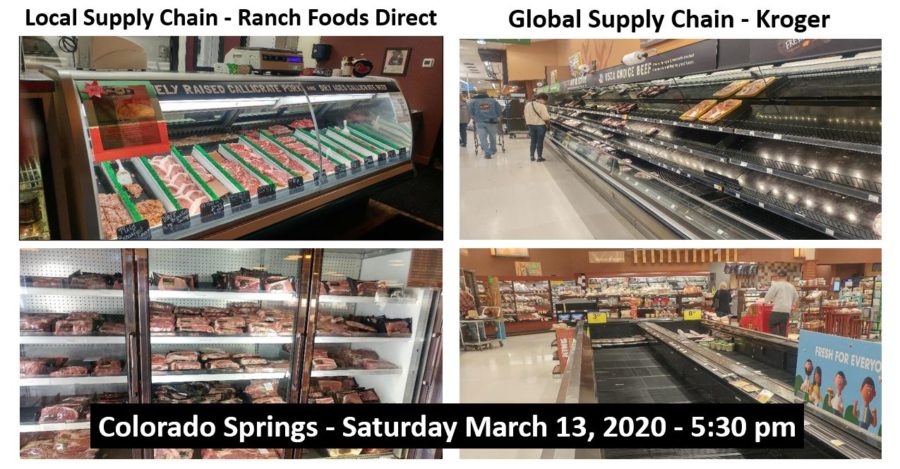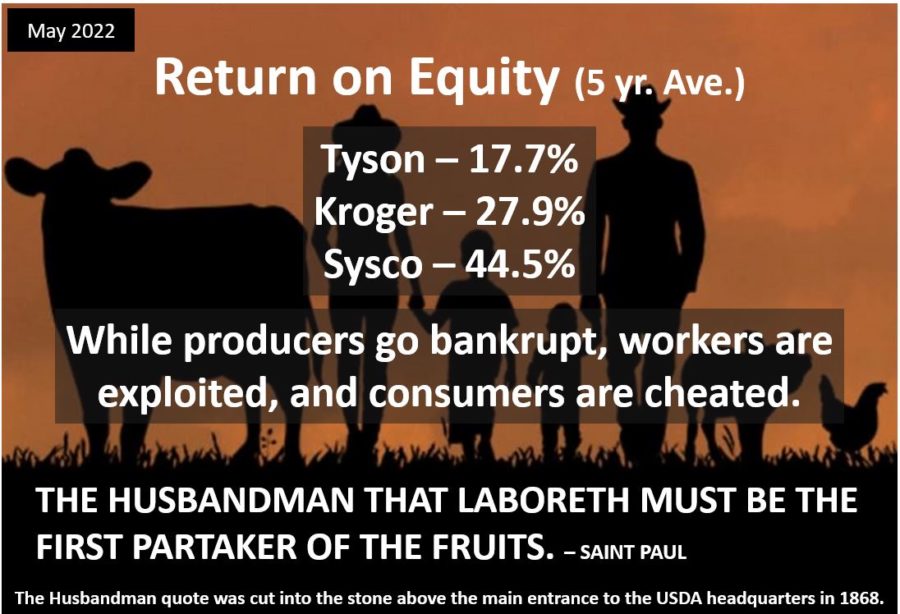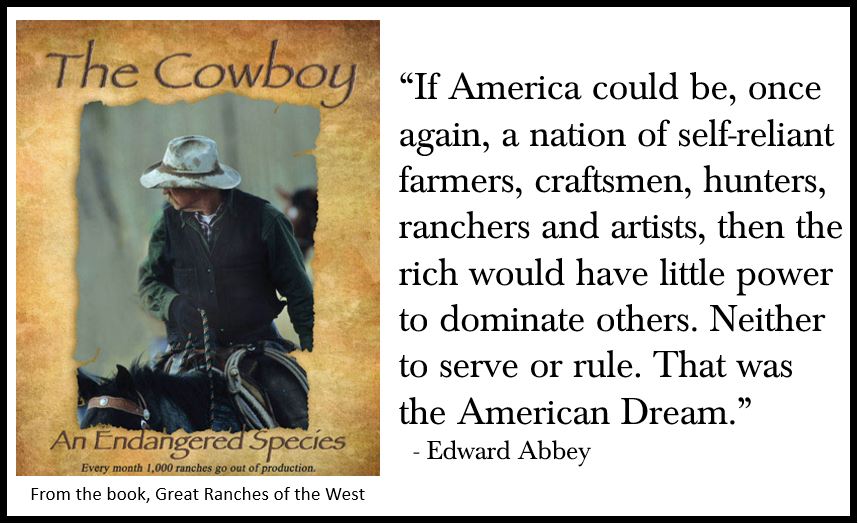By Gilles Stockton
February 16, 2023
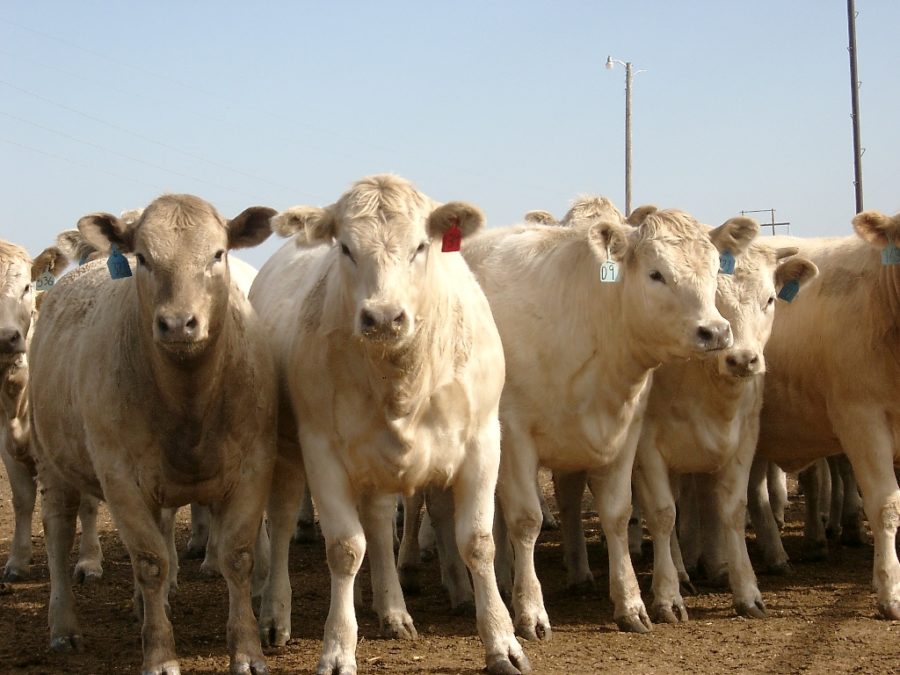
Showing preference to imports – USDA proposes U.S. cattle producers, who already have good tagging and tracking options, be required to electronically identify domestic animals while ignoring high-risk imported beef and cattle.
Once again, the Department of Agriculture (USDA) is insisting that cattle in interstate commerce be identified with an electronic ear tag (EID). (see: Use of Electronic Identification Eartags as Official Identification in Cattle and Bison. Federal Register. Vol. 88, No 12, January 19, 2023. Page 3320) As in the many previous attempts to impose this on cattle producers, they claim that it is necessary to respond to the introduction of Foot and Mouth Disease (FMD).
“What USDA does not explain is how will having the millions of cattle moving interstate and identified with an expensive EID tag, actually contribute to the control of an FMD outbreak.”
What USDA does not explain is how will having the millions of cattle moving interstate and identified with an expensive EID tag, actually contribute to the control of an FMD outbreak. Obviously, it will take a lot more than just an ear tag to successfully stop FMD – if that is even possible. First off, why are we importing fresh meat from countries with endemic FMD? Someone benefits from this commerce and it is not the American cattle producers. Shouldn’t prevention be the first line of defense?
FMD is a very infectious, fast developing disease with twenty-five different variants, each needing its own vaccine. It affects all cloven-hoofed animals including whitetail deer and feral pigs. Before you even know your herd is infected, up to two weeks will have passed. Samples from infected animals would be sent to a special lab to identify the variant, requiring more time to pass before the proper vaccine can be ordered. And then it takes a minimum of two more weeks to unfreeze and prepare the vaccine for administration.
The point is that under the most optimistic of scenarios it will take at least five weeks to even vaccinate the first animal. Of what possible benefit would it have been to have electronically identified cattle in anticipation of a future outbreak of FMD? In all probability, veterinary authorities, once they have identified FMD, will stop all movement of livestock and then watch for clinical symptoms to appear. The initial surveillance phase will include all herds of cloven-hoofed animals everywhere in the United States, Canada, and Mexico.
“The current requirements for identification of cattle moving interstate are working, as evidenced by the fact that the state and federal veterinarians are successfully tracing down the outbreaks of tuberculosis.”
Once they can start to vaccinate, the hope is to contain the disease in pockets. We can assume that all of the vaccinated animals will be identified with an ear tag – EID or conventional. But having cattle pre-tagged would have been a waste of time and money, because knowing from where a cow came is not useful. Only the appearance of clinical symptoms is meaningful.
The current requirements for identification of cattle moving interstate are working, as evidenced by the fact that the state and federal veterinarians are successfully tracing down the outbreaks of tuberculosis. While here in the mountain states, they are also on top of brucellosis. If a cow has a registered brand, a metal bangs tag, and a legible tattooed shield in the ear, that should be enough. Yes, when vaccinating for brucellosis the vet can put in one of the official EID tags. But will that tag still be in the ear, ten or twelve years later when you sell that cow? The metal tag may or may not make it that long, but the EID tag most probably will not.
Ultimately USDA wants all cattle electronically identified, but so far, they still exempt beef feeder cattle under eighteen months of age. However, this time they propose that all dairy feeder cattle be tagged. Dairy cows are already required to have tags. If I was a dairy farmer, I would probably use an electronic identification record keeping system, so that is not a major issue for some. But is it legitimate to require that the crossbred dairy feeder cattle also be identified? I am not so sure. I fear that once they require that dairy feeders are tagged, it won’t be long before they insist that all feeder cattle are EID tagged.
We risk importing FMD because our government’s trade policies favor beef importers over the well-being of our domestic cattle producers. The same can be said for tuberculosis. If our country continues to allow cattle from Mexico, we will be responding to outbreaks of TB forever. However, the current traceability regulations are obviously working although I am sure that this system is tedious and frustrating for those tasked to implement it. Nevertheless, veterinary authorities have been able to stay ahead of TB. Perhaps what they actually need are more clerical staff. Whatever!
“Another interesting fact is that this rule making makes no requirements of the beef packers or importers of beef.”
When it comes to brucellosis, we have the National Park Service to thank. If there was a will, there would be a way to vaccinate Yellowstone Park’s bison, and this country would be rid of that source of brucellosis. After all there are only about 5000 head of buffalo in Yellowstone Park. However, elk would still be carrying brucellosis. If their overpopulation was dealt with, maybe that risk would also be reduced.
Another interesting fact is that this rule making makes no requirements of the beef packers or importers of beef. Only U.S. producers are required to work their cattle, insert expensive EID tags, and keep records. Obviously, in the slaughterhouse, identification (electronic or not) needs to stay correlated to the carcass and the meat cuts in question or else the whole exercise is useless. It is my understanding that packers are only required to keep identity to the point that the carcass has been cleared by an inspector.
“Since USDA proposes to identify animals to their source, shouldn’t they also require that the chain of identity continues to the meat counter?”
In this opinion piece I have focused on addressing animal diseases such as FMD, but what about food born illnesses such as salmonella when beef may be contaminated with feces in the slaughter process. Since USDA proposes to identify animals to their source, shouldn’t they also require that the chain of identity continues to the meat counter? Consumers should have the choice of buying beef born on my ranch in Montana versus beef from what had been the Amazon rainforest in Brazil. And if anyone gets sick, the slaughter plant in question should be held accountable.
This brings up the principal of equivalency. Production and slaughter processes in the counties that export beef to the United States are supposed to be equivalent to ours. Will foreign producers also be required to identify their cattle with EID tags and will the packer/importers be required track that information to the retail level? Clearly, we producers in the U.S. feel cheated by the supposition that livestock production and slaughter in Brazil and Nicaragua is equivalent to ours. Obviously American inspectors are not standing on the slaughter lines in those countries. Who is, and are they meeting the equivalent standards that are supposed to be happening here?
“… Australia made themselves a mess with their EID system and now have an entire herd of “ghost” cattle.”
Finally, as carcasses pass inspection and move on to retail, the ID number should be retired. It is my understanding that Australia made themselves a mess with their EID system and now have an entire herd of “ghost” cattle. This USDA rulemaking makes no requirement as to the final disposition of the identification information. In fact, USDA is rather weak on the whole issue of where this ID information is kept and who has access to that information. In fact, this whole EID mandate relies heavily on private veterinarians. I would suggest that any veterinarian reading this, take a look at this proposed rule and see if you are comfortable with it.
It has been about twenty years now that USDA has been obsessed with imposing EID on the cattle industry. You would think that given that time frame they would have been able to come up with a fully workable plan. Perhaps they feel that it is easier to require producers to pay for EID tags than ask Congress to fund a proper system capable of actually responding to an outbreak of a foreign animal disease such as FMD.
Cattle producers understand the need for a reliable and efficient system capable of controlling an introduced disease, and FMD is not the only one out there that could cause us trouble. But requiring producers use EID tags without assuring us the other necessary bits and pieces of the system are in place is not a good way for USDA to get our support.
USDA tells us that currently it takes weeks or months to trace down TB infected herds. But nearly all dairies already use EID tags, so what is the problem, at least when concerning dairy cows? Many beef producers also use electronic tag record keeping systems. It is coming voluntarily so why mandate it? Maybe an incentive to use EID technology would be in order?
Still sometimes the old ways are the best ways. Here in Montana, they recently had a TB incident in a beef cow herd. The State Veterinarian put a whole lot of resources to control it and apparently one of the most useful forms of identification was the hot iron brand. My point is that most cattle producers are willing to comply with animal identification requirements if USDA can show that they have a plan that covers all of the bases and that it will be worth the time and investment.
The comment deadline is March 20th 2023 just when many of you are recovering from long nights checking on cattle, but you need to take a look at this and make up your own mind if requiring EID tags is appropriate.
Gilles Stockton
Grass Range, Montana
